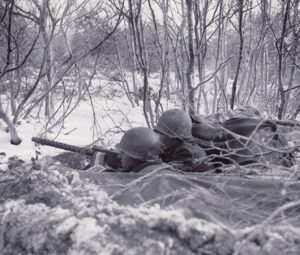
German Failure on the North Shoulder: The Ardennes, December 1944
By William Dennis Hitler’s goal in the December 1944 German counteroffensive through the Ardennes in southern Belgium and Luxembourg was to break through the American
An assortment of articles covering a wide range of topics, from the Revolutionary War to the War of Terror.

By William Dennis Hitler’s goal in the December 1944 German counteroffensive through the Ardennes in southern Belgium and Luxembourg was to break through the American

By Damon Penner Brigadier General Stephen Watts Kearny’s march from Fort Leavenworth in present-day Kansas to San Diego, California, during the Mexican War remains one
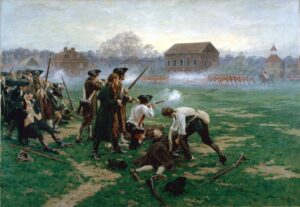
By Major Glenn F. Williams, USA-Ret., Ph.D. Following the destruction of British East India Company tea in Boston Harbor in December 1773, and the heavy-handed
An assortment of articles covering a wide range of topics, from the Revolutionary War to the War of Terror.

By Major Glenn F. Williams, USA-Ret., Ph.D. Following the destruction of British East India Company tea in Boston Harbor in December 1773, and the heavy-handed
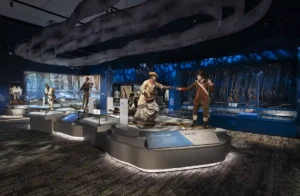
By Paul Morando, Chief of Exhibits, National Museum of the United States Army On 7 June 2025, the National Museum of the United States Army
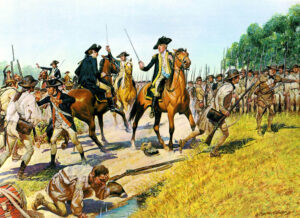
After years of growing tensions between Great Britain and its North American colonies, on 19 April 1775, open hostilities erupted when British regulars and Massachusetts

On 16 December 1944, the German Wehrmacht launched what would be its last major offensive in the West. After 2,000 guns and Nebelrwerfer rocket launchers
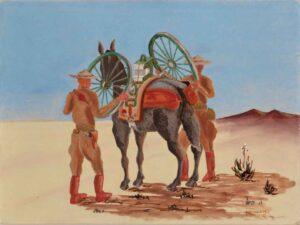
Since its beginning, the U.S. Army, like all other armies of the world, has relied on animals to perform a variety of tasks throughout its
An exploration of the 15,000-plus piece Army Museum Enterprise Art Collection, including works by soldier-artists from World War I, World War II, Vietnam, Operation DESERT STORM, and recent Artists-in-Residence.
An exploration of the 15,000-plus piece Army Museum Enterprise Art Collection, including works by soldier-artists from World War I, World War II, Vietnam, Operation DESERT STORM, and recent Artists-in-Residence.

Since its beginning, the U.S. Army, like all other armies of the world, has relied on animals to perform a variety of tasks throughout its
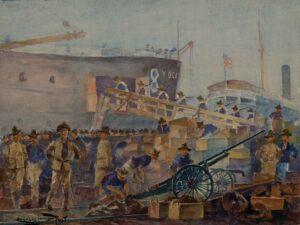
2023 marks the 125th anniversary of the Spanish-American War, the brief but pivotal 1898 conflict that garnered the United States an overseas empire and solidified
Profiles of the men and women who have worn the Army uniform and their contributions to the Army and the nation.

CSM ‘Doug’ Miller served for six years of combat in the Vietnam War, particularly in MACV-SOG as SF. He was awarded the Medal of Honor

British General Thomas Gage. . . said that “if one John Stark was with them, they would fight; for he was a brave fellow.”
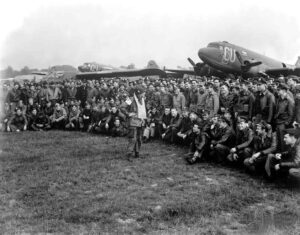
McAuliffe etched his name in U.S. Army lore when he issued a defiant one-word response to a German demand to surrender the American forces holding
Profiles of the men and women who have worn the Army uniform and their contributions to the Army and the nation.

McAuliffe etched his name in U.S. Army lore when he issued a defiant one-word response to a German demand to surrender the American forces holding
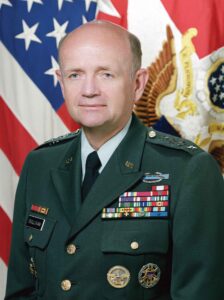
General Gordon R. Sullivan was a man of action and a soldier devoted to serving his country. His life reflected the values of the American
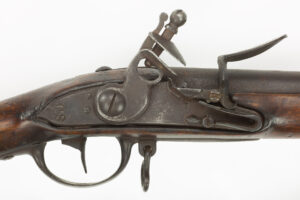
By Matthew J. Seelinger In the early years of the Revolutionary War, American militia forces and Continental troops demonstrated they had the will to take

Bought in the thousands to serve a niche yet key combat role of World War II, the L-4 Grasshopper flew everywhere the Army went rolling

Emplaced at dozens of fire support bases (FSBs) across South Vietnam, U.S. Army artillery, including 105mm, 155mm, and 8-inch howitzers, along with 175mm guns,
The weapons, vehicles, machines, and equipment used by the Army to achieve its missions.
The weapons, vehicles, machines, and equipment used by the Army to achieve its missions.

Emplaced at dozens of fire support bases (FSBs) across South Vietnam, U.S. Army artillery, including 105mm, 155mm, and 8-inch howitzers, along with 175mm guns,
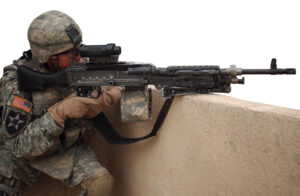
Many infantry weapons past and present—automatic rifles, submachine guns, assault rifles, and general purpose machine guns—can be traced directly to World War I.
Articles on the forts, camps, and other installations that the Army has called home domestically and abroad.
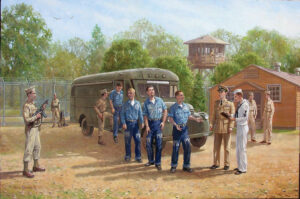
By Dallas Looney Fort Hunt, located along the Potomac River in northern Virginia, was part of George Washington’s Mount Vernon estate and remained part of the
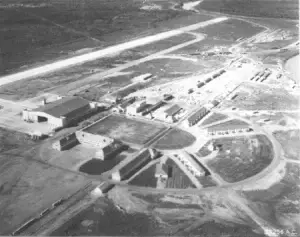
Fort Wainwright is a powerhouse of Army might, with over 7,700 soldiers posted there.
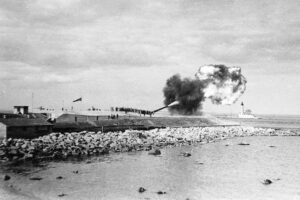
Fort Michie was a U.S. Army coast artillery post located on Great Gull Island, New York, from 1897 to 1948.
Articles on the forts, camps, and other installations that the Army has called home domestically and abroad.

Fort Michie was a U.S. Army coast artillery post located on Great Gull Island, New York, from 1897 to 1948.
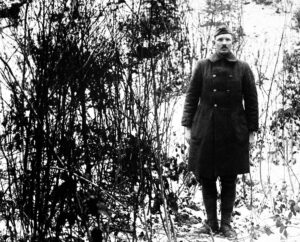
The declaration of war on 6 April 1917 put the training camp idea on hold in favor of actual conscription and mustering of the American
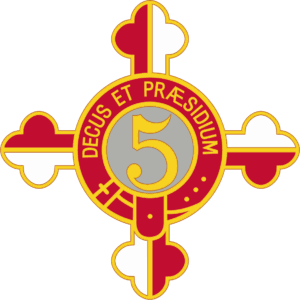
The 175th Infantry is the oldest continuously operating military unit in Maryland, and the seventh oldest regiment in the U.S. Army.
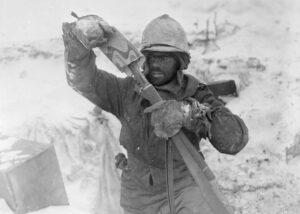
The “Checkerboarders” fought fiercely in World War II, witnessing 151 days in combat, particularly during the Battle of the Bulge.
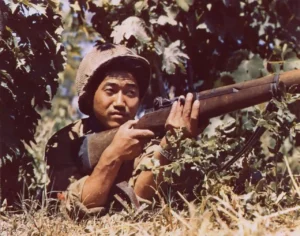
The 100th Battalion, 442d Infantry Regiment, carries on the legacy of the 100th Infantry Battalion (Separate) of World War II fame.
Histories of the Army’s divisions, regiments, battalions, and other units that have served the nation in both times of war and peace.
Histories of the Army’s divisions, regiments, battalions, and other units that have served the nation in both times of war and peace.

The 100th Battalion, 442d Infantry Regiment, carries on the legacy of the 100th Infantry Battalion (Separate) of World War II fame.
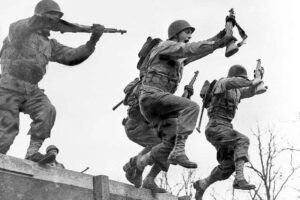
The 99th Infantry Battalion (Separate) was activated on 10 July 1942 at Camp Ripley, Minnesota. The original War Department order that created the 99th gave
Go out and uncover history around you.
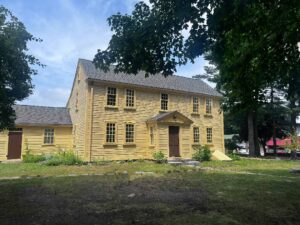
Visit the Jason Russell House and Museum to learn more about The Battle of Menotomy, in present day Arlington, MA, which saw the most intense

On 20 July 1807, congressmen, department heads, military officers, and others gathered at a small, 4.5-acre cemetery in Square 1115 of Washington City, the fledgling

Located within the historic Fifth Regiment Armory in Baltimore, Maryland, the Maryland Museum of Military History was founded in 1982 to preserve the history and
Go out and uncover history around you.

Located within the historic Fifth Regiment Armory in Baltimore, Maryland, the Maryland Museum of Military History was founded in 1982 to preserve the history and

By Matthew J. Seelinger The Beyond the Battle Museum, located in the new Adams County Historical Society building just north of historic downtown Gettysburg, Pennsylvania,
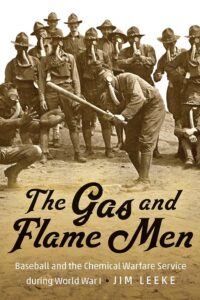
“[Leeke’s] smooth-flowing narrative touches on various aspects of the World War I era that probably are not generally known either to baseball fans or to
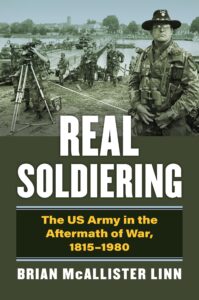
“Linn presents a timely and masterful study focused on the challenges the Army faced in the decade following each major conflict from the War of

“Alex Kershaw’s Pattons’s Prayer expertly weaves the military leadership and successes of Patton with his deep faith.”
Find your next great read or dive further into your newest favorite topic.
Find your next great read or dive further into your newest favorite topic.

“Alex Kershaw’s Pattons’s Prayer expertly weaves the military leadership and successes of Patton with his deep faith.”

“Beth Bailey has provided her readers with an exemplary analysis of the U.S. Army’s attempts to address the racial crisis that challenged its very capacity
The Foundation maintains a full-time historian. If you have a question that you cannot otherwise find the answer to here in the History Center, please feel free to contact us using our Historical Inquiry Form. Thank you!